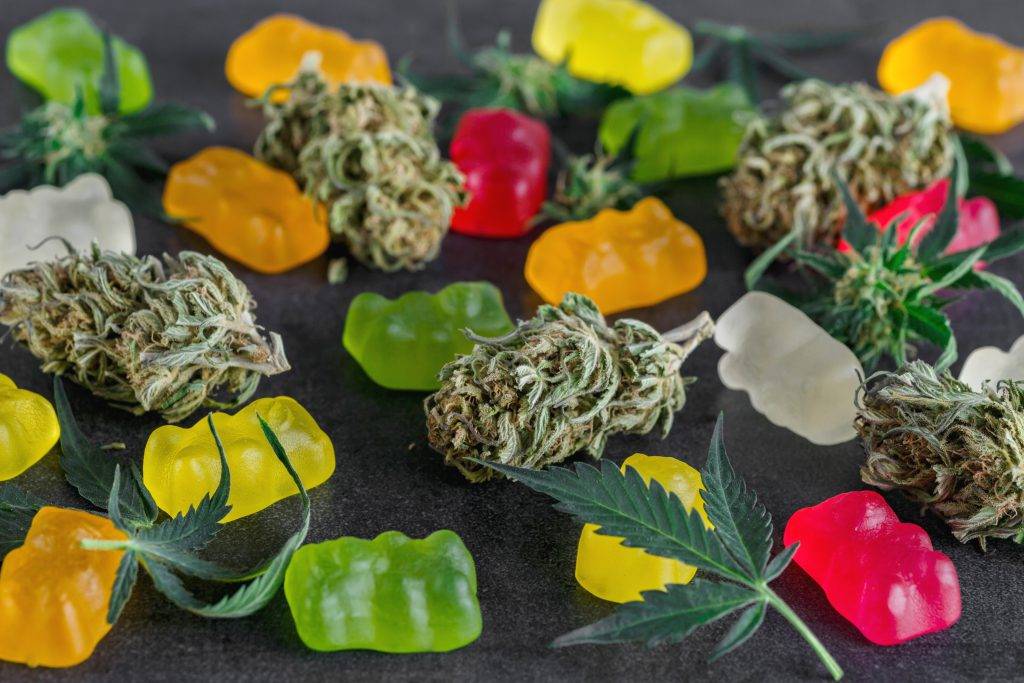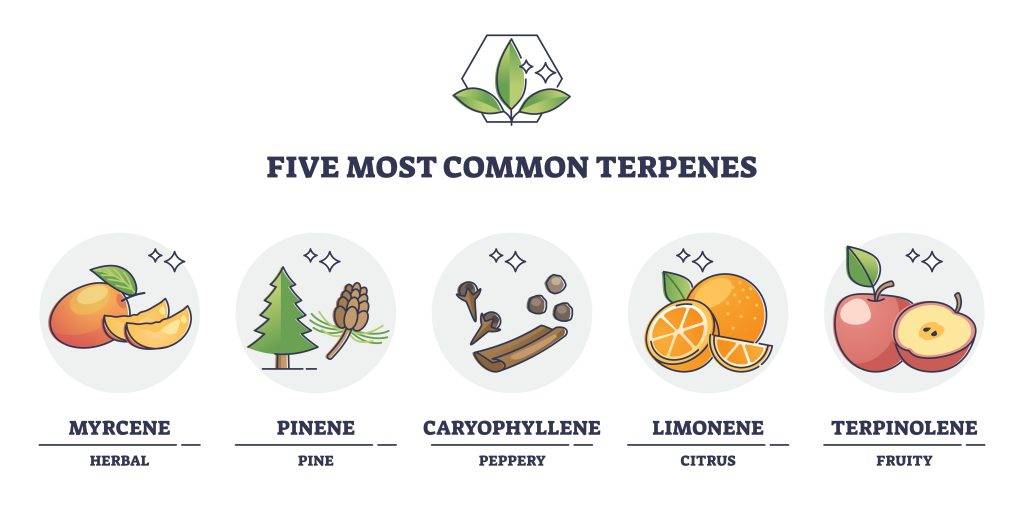
HHC-P: All About This New Cannabinoid
What is HHC-P? Cannabis products are gaining popularity every day. To satisfy consumers and offer them ever-changing experiences, chemists showcase their ingenuity! HHC-P, a novel
When it comes to exploring the world of cannabinoids, Hexahydrocannabinol (HHC) and Hexahydrocannabidiol (H4CBD) have gained attention. These two compounds found in cannabis have distinct characteristics that are important to understand. In this comprehensive blog, we will delve into the details of HHC and H4CBD, highlighting their similarities, differences, pros, and cons. Additionally, we will explore the unique features of HHC disposables (from LOOM) and H4CBD disposables (from Triple X), both of which are available at Held CBD. These disposable products come in a 2ml size, contain 1900mg of either HHC or H4CBD, offer over 600 puffs, and consist of 95% HHC or H4CBD and 5% terpenes.
In this blog, we will begin by providing a concise yet informative overview of Hexahydrocannabinol (HHC) and Hexahydrocannabidiol (H4CBD), highlighting their distinct characteristics and properties.

Hexahydrocannabinol (HHC) is a compound extracted from the cannabis plant. It is known for its potential therapeutic benefits, which include reducing anxiety, depression, and other mental health issues that can affect overall mood. HHC provides psychoactive effects and is responsible for the “psychedelic” sensation associated with cannabis use. Safety considerations should be taken into account when using HHC, including potential side effects such as increased heart rate, dry mouth, red eyes, and impaired coordination.
Hexahydrocannabidiol (H4CBD) is another compound found in cannabis. It offers potential therapeutic advantages without the psychoactive effects associated with HHC. H4CBD is non-psychoactive and is known for its anti-inflammatory, analgesic, and anxiolytic properties. It is generally well-tolerated, with minimal reported side effects.
Both HHC and H4CBD originate from the cannabis plant. They are classified as hexahydrocannabinoids and share similar potential therapeutic applications, such as pain management and anxiety relief. Additionally, both compounds are legal in most countries, subject to local regulations. However, it’s important to note their distinct chemical compositions and effects on the body.
HHC is known for its psychoactive effects and can induce a “psychedelic” feeling. On the other hand, H4CBD does not produce intoxicating effects and does not cause psychoactivity.
HHC may be beneficial for mood disorders and certain mental health issues due to its psychoactive properties. In contrast, H4CBD offers potential therapeutic benefits without the psychoactive effects, making it suitable for those seeking medicinal benefits without the “high.”
HHC is specifically hexahydrocannabinol, while H4CBD is hexahydrocannabidiol. The difference in their chemical structures accounts for their distinct effects on the body.
HHC may have side effects such as increased heart rate, dry mouth, red eyes, and impaired coordination. Long-term effects are still under investigation. H4CBD, on the other hand, is generally well-tolerated and has minimal reported side effects, making it a potentially safer option.
HHC disposables from LOOM offer a 2ml size with 1900mg of HHC and 5% terpenes. These disposables provide approximately 600 puffs and contain 95% HHC.
H4CBD disposables from Triple X also come in a 2ml size with 1900mg of H4CBD and 5% terpenes. Similarly, they offer approximately 600 puffs and consist of 95% H4CBD.
HHC disposables provide the psychedelic effects associated with HHC, potentially aiding in mood enhancement and relaxation. On the other hand, H4CBD disposables offer the therapeutic advantages of H4CBD without the psychoactive effects, making them suitable for those seeking medicinal benefits without experiencing intoxication.
Pros: Potential mood enhancement, relaxation, and psychoactive effects.
Cons: Potential side effects, limited to users seeking psychoactive experiences.
Pros: Therapeutic benefits, non-psychoactive nature, potential relief from pain and anxiety.
Cons: May not provide the same level of psychoactivity as HHC disposables.
Understanding the differences and similarities between HHC and H4CBD is crucial for individuals exploring cannabinoid products. HHC provides psychoactive effects and potential mood-related benefits, while H4CBD offers therapeutic advantages without the psychoactive properties. HeldCBD offers HHC disposables (LOOM) and H4CBD disposables (Triple X), each with their unique formulations and characteristics, catering to diverse preferences and needs. By considering the pros and cons, users can make informed decisions and explore the distinct qualities of each product.

What is HHC-P? Cannabis products are gaining popularity every day. To satisfy consumers and offer them ever-changing experiences, chemists showcase their ingenuity! HHC-P, a novel

Exploring the World of Hexahydrocannabinol (HHC) Before diving into the diverse ways how to consume HHC, let’s delve into what makes this cannabinoid unique. Hexahydrocannabinol,

Cannabis Terpenes Exploration Guide In the intricate world of cannabis, the aromatic compounds known as terpenes are the unsung heroes, contributing not only to
| Cookie | Duration | Description |
|---|---|---|
| cookielawinfo-checkbox-analytics | 11 months | This cookie is set by GDPR Cookie Consent plugin. The cookie is used to store the user consent for the cookies in the category "Analytics". |
| cookielawinfo-checkbox-functional | 11 months | The cookie is set by GDPR cookie consent to record the user consent for the cookies in the category "Functional". |
| cookielawinfo-checkbox-necessary | 11 months | This cookie is set by GDPR Cookie Consent plugin. The cookies is used to store the user consent for the cookies in the category "Necessary". |
| cookielawinfo-checkbox-others | 11 months | This cookie is set by GDPR Cookie Consent plugin. The cookie is used to store the user consent for the cookies in the category "Other. |
| cookielawinfo-checkbox-performance | 11 months | This cookie is set by GDPR Cookie Consent plugin. The cookie is used to store the user consent for the cookies in the category "Performance". |
| viewed_cookie_policy | 11 months | The cookie is set by the GDPR Cookie Consent plugin and is used to store whether or not user has consented to the use of cookies. It does not store any personal data. |